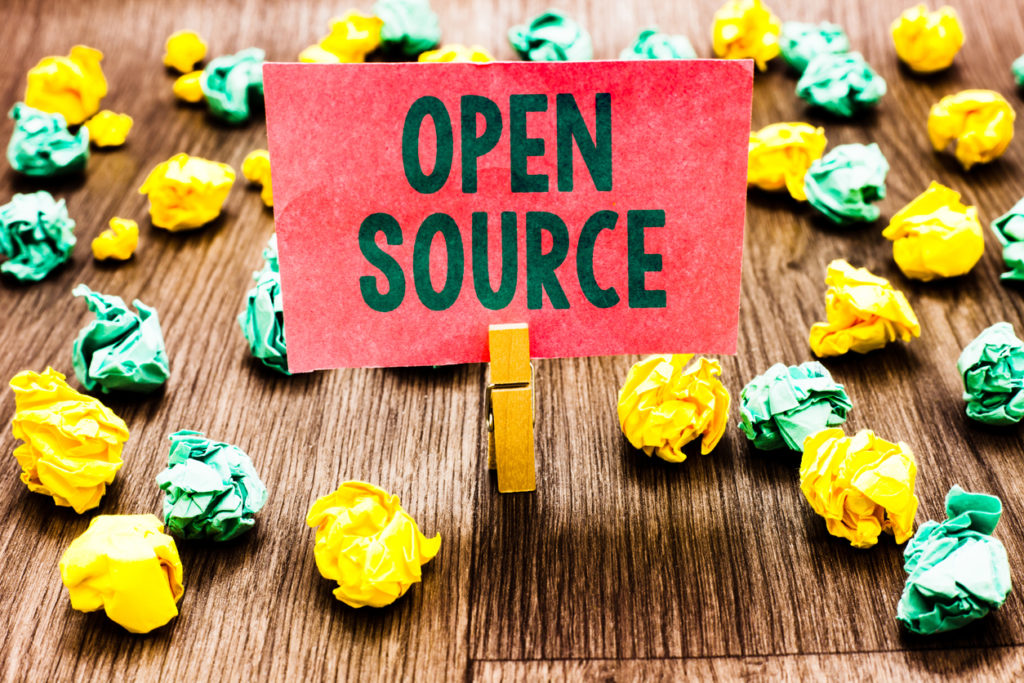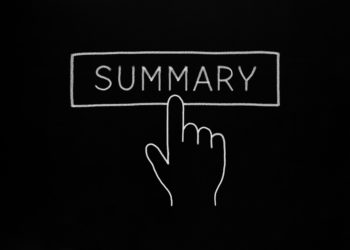The marketplace for digital tools and platforms in support of scholarly research and communication is highly dynamic, and while we can see substantial evidence of expansive start-up activity, the trendline is perhaps even more so towards steady consolidation. The Kitchen has tracked this marketplace closely, including efforts at disruptive innovation in the citation database segment, the rise of the tools now known as access brokers, and the acquisition of major institutional repository providers and manuscript submission and management systems. As much innovation as is taking place, and as gripping as these stories are, I continue to have a lingering concern about lock-in. As Angela Cochran wrote vividly, “these platforms and systems require the jaws of life to extricate yourself.”

But there is another field of activity, adjacent to or in some cases competing with this commercial marketplace, composed of open source products and initiatives. Open source brings many benefits and is used in many corporations, and CoKo has seemed like one especially promising initiative. But open source is not a silver bullet — at least in some arenas, waves of innovation and then consolidation overshadow the necessary ongoing work of steady maintenance and ongoing reinvestment, yielding all too limited impact and no shortage of personal and professional disruption.
Today, the MIT Press is issuing a new research report, Mind the Gap: A Landscape Analysis of Open Source Publishing Tools and Platforms, by lead author John Maxwell of Simon Fraser University. It provides an inventory of some 52 ongoing open source publishing initiatives. The study is bounded around open source: It is not intended to guide an organization seeking to make pragmatic decisions about which software to adopt or utilize among all the available options in a particular segment, but may be quite useful to those looking for a guide to the open source options that are available for example to address a digital humanities project or library publishing initiative. But even more than this, the study provides a thoughtful analysis of the open source community in publishing — tracking its development without shying away from its struggles. The report, which is published on the open source PubPub platform, is well worth reading.
The project’s initial ambitions included conducting what the authors call a “GitHub audit,” which is to say an examination of the activity tracked through this online platform for managing coding projects (albeit not necessarily the actual codebase). This proved to be impossible, because of the projects’ “varying project management and organizational approaches.” Interestingly, one of the challenges faced in this inventorying activity was in determining which projects are “still alive,” since vital signs are apparently not always easy to distinguish. To be sure, several of the tools that are profiled in the inventory are quite well established and widely adopted. Zotero is one example. But for other some other open source initiatives, it is telling that the fine line between the living and the dead is apparently so difficult to determine, especially for the sustainability of those projects that are, as they themselves might say, not dead yet. Some might argue that these projects are being weeded out successfully, but there is also a case being made that more can be successful if a model were developed to direct greater resources their way.
Perhaps the study’s key analytical finding is that there are no major obvious gaps where development efforts should be focused — but rather a nearly total lack of coordination and integration across individual (in some cases competing) initiatives. The report makes a strong distinction between the collaboration among individuals and organizations necessary for the success of a given open source project and the coordination and integration across projects that are seen to be lacking. It points explicitly to the marketplace consolidation that is taking place among commercial start-ups as a competitive factor, but consolidation through acquisition is extraordinarily difficult for non-commercial organizations and products. It emphasizes that “If the goal of community-owned infrastructure is to succeed, then structural attention needs to be paid to the integration of projects, goals, and development efforts across the ecosystem” — while rejecting some kind of “Soviet-style centrally planned scholarly infrastructure.” I would only observe that it is not yet clear whether mechanisms exist or can be developed within this sector that will ensure strategic agility while providing inclusive community governance.
The report reflects on the many ways that publishing itself is being remade, in terms of the transformation of formats such as the journal and the book. I was especially struck by the authors’ reflections on workflow processes for manuscript submission and management systems, including OJS’s comparatively traditional approach and a variety of other efforts to bring review into other stages of the workflow. It is hard not to imagine that there are substantial opportunities to reconceptualize the interplay between preprint repositories, manuscript submissions, and editorial/peer review — and to wonder whether the open source community will get there before Elsevier does with SSRN and Aries.
Overall, the MIT Press report provides a useful overview of the current state of affairs and raises some questions about needs that this community faces, especially around coordination and interoperability. And, as traditional and emerging publishers alike look to serve the many needs of their authors and readers and integrate some of the many open source options into their platform and systems planning, it leaves this reader with additional questions as well: Where are the business models for reinvestment to ensure maintenance and progressive development? Is the scholarly publishing sector large enough to generate a sustainable open source community, and if so, for which of the tools this study inventories? Will open source make its most important contribution by enabling experimentation and prototyping? Or will more of the open source tools — or the services built on top of them — come to play a transformative role in the scholarly communications ecosystem?
Discussion
1 Thought on "Open Source for Scholarly Publishing: An Inventory and Analysis"
The report is very good and thank you for a balanced conveying of some its findings.
I think the gap of collaboration between projects is an interesting one. It is often advocated that this can be solved by ‘community owned’ funding, often referred to as ‘community owned infrastructure’ [sic]. However I think this is misplaced.
I worry about this current trajectory and move to centralized funding models and I have further concerns about models that own both the assessment mechanisms and tightly couple it to centralized funding gathered from disparate sources in the current funding environment. These two things (assessment and funding), for a start, should be independent. It is far better to have reports like Mind the Gap which have been thoroughly researched and written by independent and reputable researchers – and then let these serve the needs of the decision makers in disparate funding agencies who seek to make informed decisions.
Further I think the drive to ‘community owned infrastructure’ is over simplifying the problem. It is not the case that funding alone solves the problem for open components that make up the functional scope of scholarly publishing. What is really needed is comprehensive mentoring of projects to help them increase their value and utility in the sector, build an ecology of services around them, build bridges between the for-profit and the not-for-profit divide, engage in good faith cross-project collaboration and integrations, and couple this to sustainable business strategy that enables them to segue out of a reliance on funding. Without this individual projects will fail and inevitably both de-centralised and centralised funding models support them will also fail.
To my reading the Mind the Gap report hints at this over simplification of the issue and the hazards of encapsulating the problems we all face as one of funding. Open Source is hard and we need to up-skill the many fantastic projects in this space so they learn from the decades of lessons learned in the wider Open Source Software sector and don’t default to an unsustainable reliance on funding.
To end, Mind the Gap is a fantastic report. I hope we see further independent reviews conducted in this space by researchers that thoroughly understand this space. Mind the Gap sets a high bar and I hope it also brings a deeper sophistication to current discourse.



